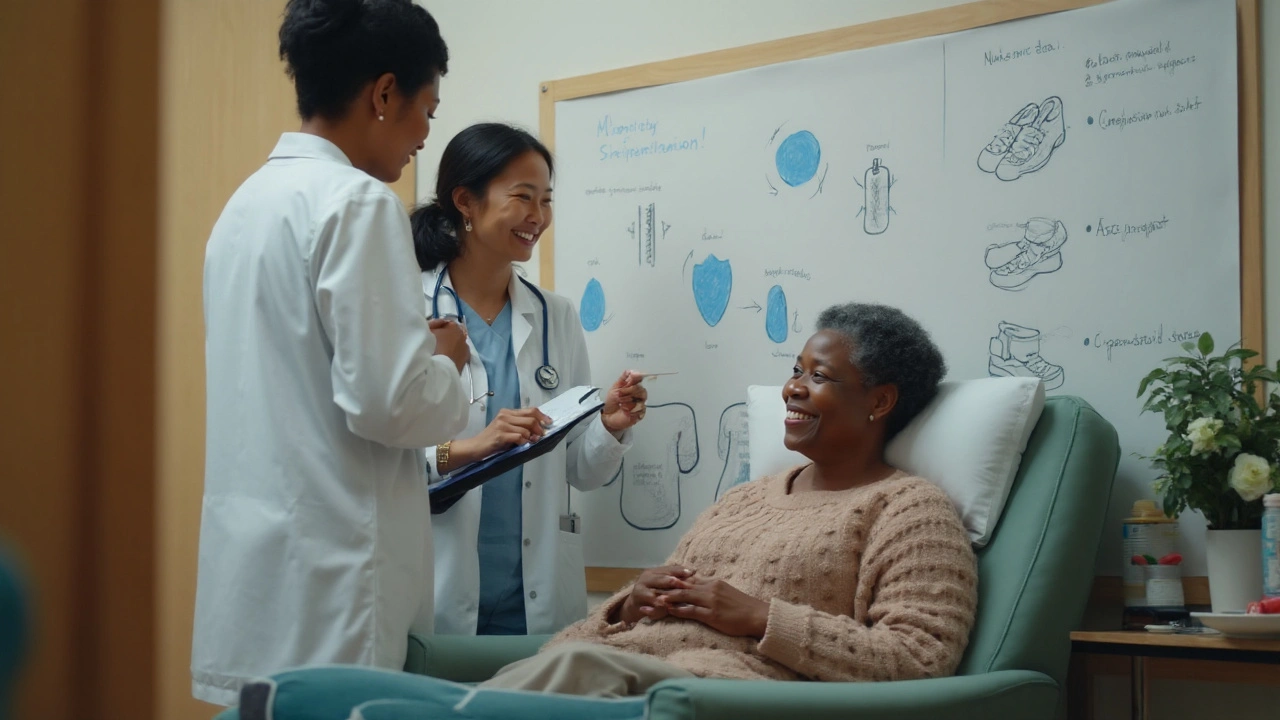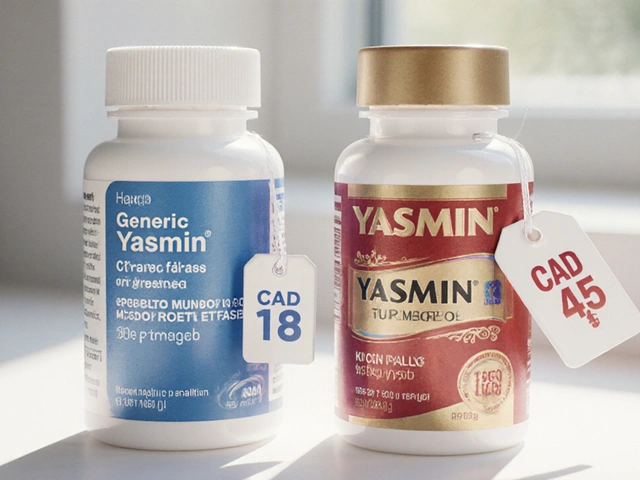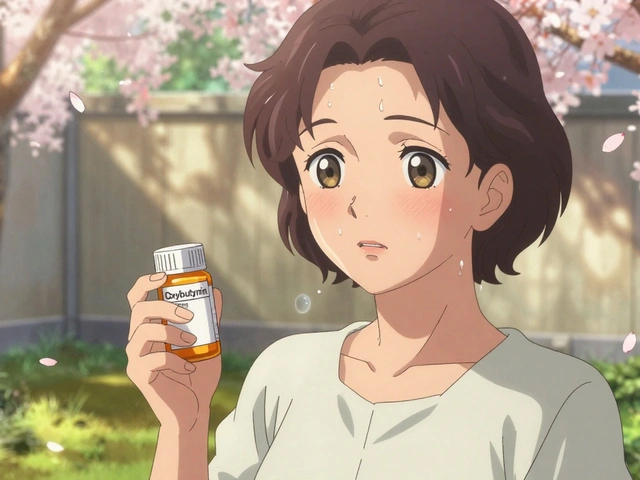Renal Osteodystrophy: What It Is and Why It Matters
If you have chronic kidney disease, you might have heard the term "renal osteodystrophy" thrown around. It’s simply a fancy name for bone problems that happen when kidneys can’t keep the body in balance. When kidneys fail to remove waste or control minerals like calcium and phosphorus, the bones start to weaken, bend, or become painful. Knowing this connection helps you catch problems early and keep your skeleton strong.
Why Your Kidneys Affect Your Bones
Your kidneys do more than filter blood. They control the levels of calcium, phosphorus, and vitamin D – all key players in bone health. In kidney failure, phosphorus builds up, calcium drops, and the active form of vitamin D drops too. The body reacts by releasing extra parathyroid hormone (PTH). Too much PTH tells bones to release calcium, which weakens them over time. This chain reaction is the core of renal osteodystrophy.
Common Signs and How to Spot Them
Bone pain is a big red flag, especially in the hips, ribs, or long bones. You might notice fragile bones that break easily, or a stooped posture from weakened vertebrae. Some people feel tingling or numbness because low calcium affects nerves. If you’re on dialysis and notice any of these, tell your doctor right away – early testing can stop the damage.
Doctors usually run blood tests to check calcium, phosphorus, PTH, and vitamin D levels. A bone scan or X‑ray can show if the bone tissue is thinning or if there are extra growths called brown tumors. These tests help decide whether the problem is mostly high‑turnover (too much bone breakdown) or low‑turnover (bone doesn’t form enough).
Treatment starts with fixing the mineral imbalance. Low‑phosphate diet, phosphate binders, and vitamin D supplements are the first line. If PTH stays high, doctors may add medicines like calcimimetics or even a short course of steroids to calm the parathyroid glands.
Dialysis patients often need tighter control of phosphate during each session. Some newer dialysis filters can remove more phosphorus, which helps keep the bone balance steady. If medication isn’t enough, a surgical option called parathyroidectomy may be considered – it removes part of the parathyroid gland to lower PTH.
Beyond meds, lifestyle changes matter. Weight‑bearing exercise (like walking or light resistance training) tells bones to stay strong. Make sure you get enough calcium from foods like dairy, leafy greens, or fortified products, unless your doctor says otherwise. Staying active also improves blood flow, which helps kidneys and bones alike.
Keep an eye on your nutrition labels. Processed foods often hide phosphates that can sabotage your low‑phosphate plan. Replace sodas with water, and choose fresh fruits and vegetables whenever possible. Small swaps add up and keep phosphorus in check.
If you’re on a kidney transplant waiting list, the good news is that fixing bone health can improve your transplant outcome. A stable bone environment means fewer complications after surgery.
Bottom line: renal osteodystrophy is a preventable and treatable bone disorder that stems from kidney dysfunction. By monitoring blood labs, following dietary tips, and working with your health team on meds and exercise, you can protect your bones and feel better daily.






